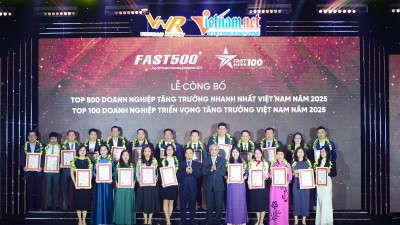Moonlight-powered panels to mark a new milestone in renewable energy
Dubbed by many as "moonlight panels," this innovation directly challenges solar energy's long-standing limitation: its dependence on sunlight. For decades, scientists have grappled with the inconvenient truth that solar panels sleep when the sun does. However, a team led by Professor Shanhui Fan at Stanford has now seemingly cracked the code, utilising a natural thermodynamic process known as radiative cooling.
The mechanism is elegantly simple but profoundly powerful. At night, surfaces naturally emit heat in the form of infrared radiation. On clear nights, especially, the Earth radiates this energy the vast cold of outer space, creating a temperature differential. Professor Fan's team has harnessed this heat loss — the very chill of the night — to generate electricity. It's a reversal of the conventional solar paradigm: instead of absorbing the sun's rays, these panels work by shedding the Earth's warmth.
Still in its nascent stages, this nighttime photovoltaic technology isn't yet ready to power entire cities. But its potential is immense, particularly for off-grid regions, rural areas, and emergency backup systems where dependable, round-the-clock energy access is vital.
Stanford's invention doesn't just signal a technological breakthrough; it also marks a significant milestone in the field. It whispers of a future where solar energy isn't just about sunny days — it's about owning the night. A bold new chapter in sustainable energy is dawning; this time, it begins after dark.
Solar panels typically generate electricity sunlight, but Professor Shanhui and his team have found a way to harness energy even at night. By attaching thermoelectric generators to modified commercial solar panels, they were able to capture the heat that radiates away after sunset. This innovation enables the panels to generate a modest amount of power—approximately 50 milliwatts per square meter—even in the absence of sunlight.
According to the lead researcher, Shanhui Fan, "While this is much less than the performance of 200 watts per square meter generated by typical solar panels for a day, it is still sufficient for tiny devices such as LEDs and environmental sensors. Although it is very modest energy generation, there is significant potential for improvement."
“The moonlight panel technology can perfectly fit (integrated) the existing solar panel technology because the components can be retrofitted existing solar cells. It would be a perfect and affordable step in improving renewable energy reliability.”
A typical 10 kWp solar installation utilises approximately 190 kg of aluminium in its frame and support structure. According to the data and analytics company Wood Mackenzie, producing 1 MW of photovoltaic (PV) capacity requires around 21 tonnes of aluminium. In contrast, concentrating solar power (CSP) systems use more than twice as much, with aluminium consumption reaching about 47 kg per kw. The International Renewable Energy Agency (IRENA) projects that the global solar capacity expansion will result in an additional 160 million tonnes of aluminium demand by 2050. This growth will cause the solar industry’s share of total aluminium consumption to rise 3 per cent to over 12 per cent.
Note: This is an AI-generated futuristic image.



